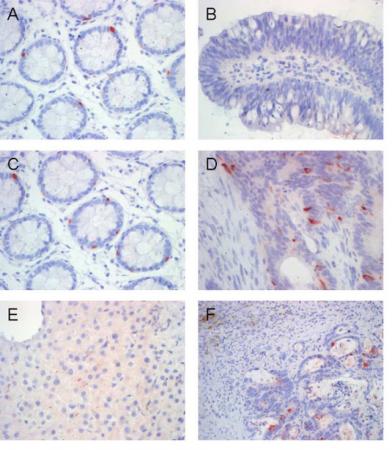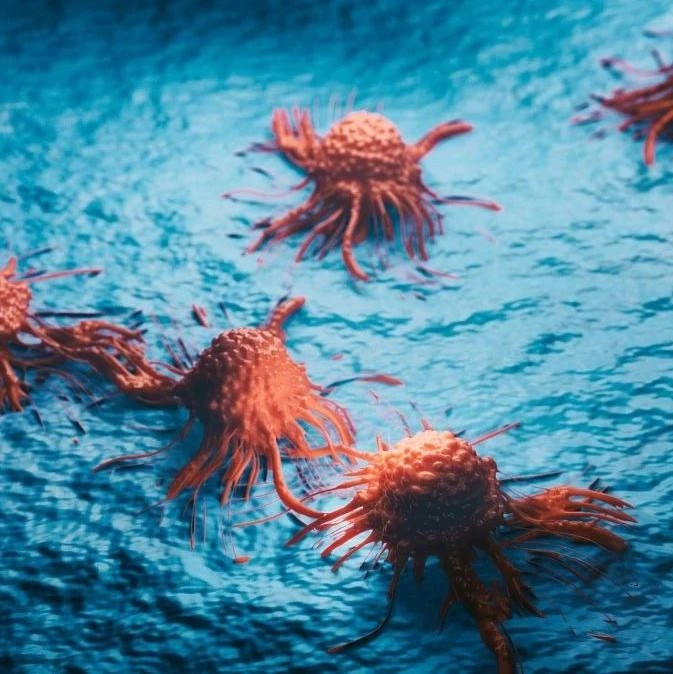摘要:一项新的研究报告说,研究人员已经发现了一个与太阳的UVB射线所触发的炎性疼痛有关的分子。这种分子(属于一族叫做趋化因子的蛋白质的一部分)是通过刺激神经纤维而引起疼痛和触痛的。这些发现可使人们研发阻断这种分子(叫做CXCL5)活性的药物,以减轻或中止被太阳晒伤的皮肤的疼痛。
更普遍地说,这些发现可帮助人们精确查找多种慢性炎症疼痛性疾病的原因,这些疾病目前影响着西方世界五分之一的人。
在这项研究中,Steve McMahon及其同事采集了小块的被晒伤的人类皮肤标本,并对这些组织进行疼痛介质的筛检。他们发现,在被晒伤的人类皮肤中,CXCL5有着特别急剧的过度表达。在大鼠的被晒伤的皮肤中也观察到了较高浓度的CXCL5。大鼠体内的CXCL5不但在其最疼痛的时候会增加至最高的程度,而且将其注射到健康大鼠的皮肤中时也会引起超敏反应。
研究人员发现,CXCL5的某些引起疼痛的效应是因为它具有招募嗜中性白细胞和巨噬细胞等炎性免疫细胞的能力。这些免疫细胞很可能会分泌CXCL5和其它的作用于感觉神经纤维的疼痛增敏分子。
令人感到鼓舞的是,该研究团队在大鼠中发现,由UVB射线引起的疼痛可被一种针对CXCL5的中和抗体消除。这些结果令人们对趋化因子在持续性疼痛状态中所扮演的角色有了新的见解。

在不同组织中发现引起疼痛感的CXCL5分子
生物探索推荐英文原文:
Researchers’ discovery of why sunburn hurts reveals possible target for new pain relief drugs
Researchers at King’s College London have found a molecule in the body that controls sensitivity to pain from UVB irradiation, identifying it as a new target for medicines to treat pain caused by other common inflammatory conditions such as arthritis.
The molecule, called CXCL5, is part of a family of proteins called chemokines, which recruit inflammatory immune cells to the injured tissue, triggering pain and tenderness. This is the first study to reveal this molecule's role in mediating pain.
The study, funded by the Wellcome Trust (as part of the London Pain Consortium) and the Biotechnology and Biological Sciences Research Council, was published today in the journal 'Science Translational Medicine'.
The research teams, led by Professor Stephen McMahon and Dr David Bennett at King's College London, part of King's Health Partners Academic Health Sciences Centre, carried out a simple procedure in healthy human volunteers: they exposed small patches of the volunteers' skin to UVB irradiation, creating a small area of sunburn.
The treated skin became tender over the following hours, with peak sensory change one to two days later. At this peak, the researchers took small biopsies of the affected skin and analysed the tissue for hundreds of pain mediators.
They found that several of these mediators were overexpressed, so they examined the biology of these factors in rats to find out whether they were likely to be responsible for driving the pain in the sunburnt skin. The mediator CXCL5 was significantly overexpressed in the human biopsies, and the biology of this chemokine in rats suggests that it could be responsible for a significant amount of sensitivity in the sunburn.
Further tests carried out on the rats showed that a neutralising antibody targeting CXCL5 significantly reduced the sensitivity to pain caused by the UVB irradiation.
Professor Steve McMahon, from the Wolfson Centre for Age-Related Diseases at King's and head of the London Pain Consortium, said: "These findings have shown for the first time the important role of this particular molecule in controlling pain from exposure to UVB irradiation. But this study isn't just about sunburn - we hope that we have identified a potential target which can be utilised to understand more about pain in other inflammatory conditions like arthritis and cystitis.
"I'm excited about where these findings could take us in terms of eventually developing a new type of analgesic for people who suffer from chronic pain."
The researchers say that not only are the findings of importance for understanding the causes of pain but also the approach they used - by first identifying the mechanisms in humans and then looking at these in preclinical animal models - is a novel one in the field of pain research.
Dr David Bennett, Wellcome Trust clinical scientist at King's and honorary consultant neurologist at King's College Hospital, said: "Traditionally scientists have first studied the biology of diseases in animal models to identify mechanisms relevant to creating that state. But this often does not translate into effective treatments in the clinic. What we have done is reverse this traditional method by identifying putative mediators in humans first, and then exploring this further in rats. This enabled us to see that the rats' response to these pain mediators closely parallel those occurring in humans and identify mechanisms of action in the preclinical studies.
"We intend to extend this approach to other types of pain and in particular to study patients suffering from chronic pain with the hope that this will speed up the process of turning science into effective treatments for patients."
The London Pain Consortium was funded by a Strategic Award from the Wellcome Trust in 2008, bringing together pain researchers in the Greater London region to facilitate better collaborations, broader approaches to study and the training of the next generation of pain scientists. Through this, they hope to deepen our understanding of pain processes and find new targets for the development of pain-relieving drugs.







